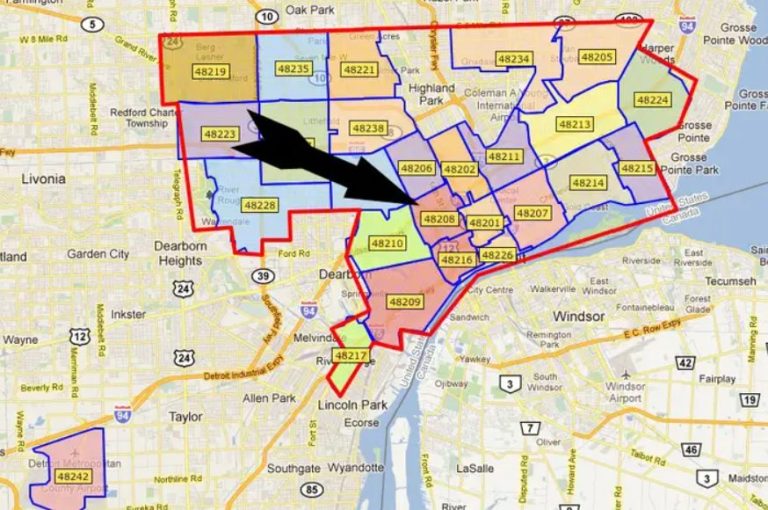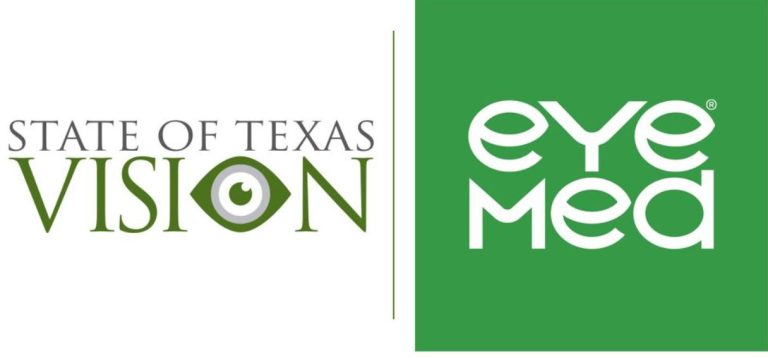What is Code 128 encoded text? At its core, Code 128 is a high-density linear barcode symbology renowned for its ability to encode all 128 characters of the ASCII character set. This includes not just uppercase and lowercase letters, but also numbers, punctuation marks, and various control characters. The versatility of Code 128 encoded text is what makes it a popular choice across industries, from logistics and retail to healthcare and manufacturing.
Contents
The Structure of Code 128 Encoded Text

Code 128 encoded text is composed of distinct elements:
- Start Character: This signals the beginning of the barcode and also dictates which of the three Code 128 subsets (A, B, or C) will be used for encoding.
- Encoded Data: This is the heart of the barcode, where the actual text or data is represented using a specific pattern of bars and spaces.
- Check Character: A calculated value that ensures the accuracy of the encoded data.
- Stop Character: This marks the end of the barcode.
Decoding the Code: How Does it Work?
What is Code 128 encoded text in terms of its interpretation? When a barcode scanner encounters a Code 128 barcode, it illuminates the pattern with a red light. The scanner’s sensor then measures the intensity of the reflected light, converting the dark bars and light spaces into electrical signals. These signals are then decoded back into the original text based on the Code 128 symbology rules.
The Three Flavors of Code 128
Code 128 offers three distinct character sets, each with its own advantages:
- Code 128A: Best suited for encoding uppercase letters, control characters, and special symbols.
- Code 128B: Ideal for encoding a wider range of characters, including both uppercase and lowercase letters, numbers, and symbols.
- Code 128C: Optimized for encoding numeric data, offering higher density when dealing primarily with numbers.
The choice of which character set to use depends on the specific data being encoded and the desired barcode density.
Advantages of Code 128 Encoded Text
What is Code 128 encoded text’s appeal? Its benefits include:
- High Density: Code 128 can store a significant amount of information in a relatively small space, making it suitable for applications where space is limited.
- Versatility: The ability to encode the entire ASCII character set opens up a wide range of possibilities for data storage and retrieval.
- Accuracy: The check character mechanism helps to ensure the accuracy of the scanned data, reducing the risk of errors.
- Wide Adoption: Code 128 is widely recognized and supported by various barcode scanners and software.
Applications of Code 128 Encoded Text
What is Code 128 encoded text used for in practice? Its applications are vast:
- Logistics and Supply Chain: Tracking shipments, inventory management, asset tagging.
- Retail: Point-of-sale scanning, pricing, product identification.
- Healthcare: Patient identification, medication tracking, sample labeling.
- Manufacturing: Product traceability, quality control, work-in-progress tracking.
In Conclusion: The Power of Code 128
What is Code 128 encoded text? It’s a versatile and efficient way to store and retrieve a wide range of information. Its high density, accuracy, and wide adoption make it an invaluable tool across industries. Whether you’re tracking a package, scanning a product at checkout, or managing inventory, Code 128 plays a crucial role in ensuring smooth and efficient operations.






